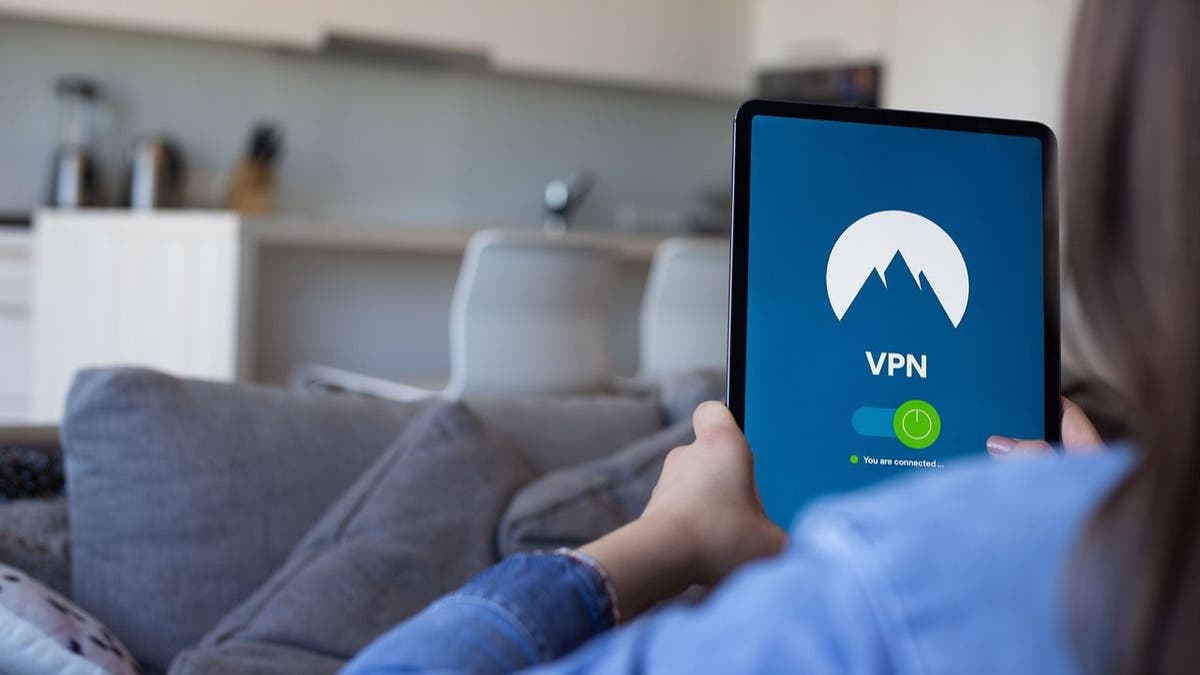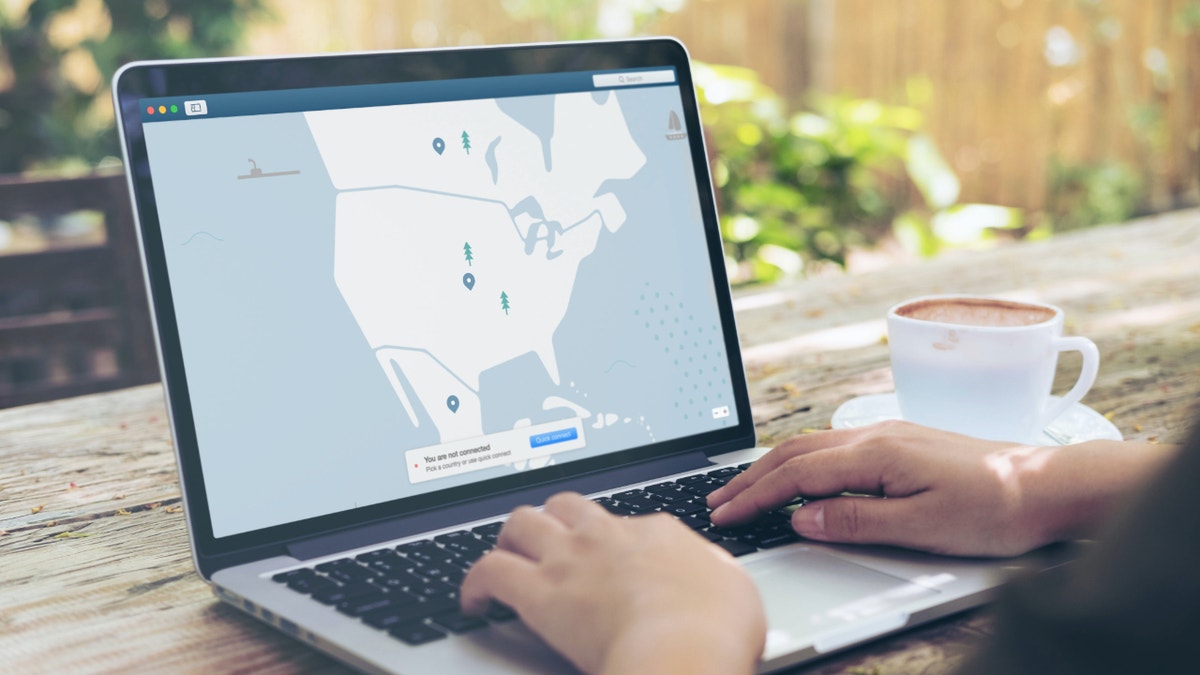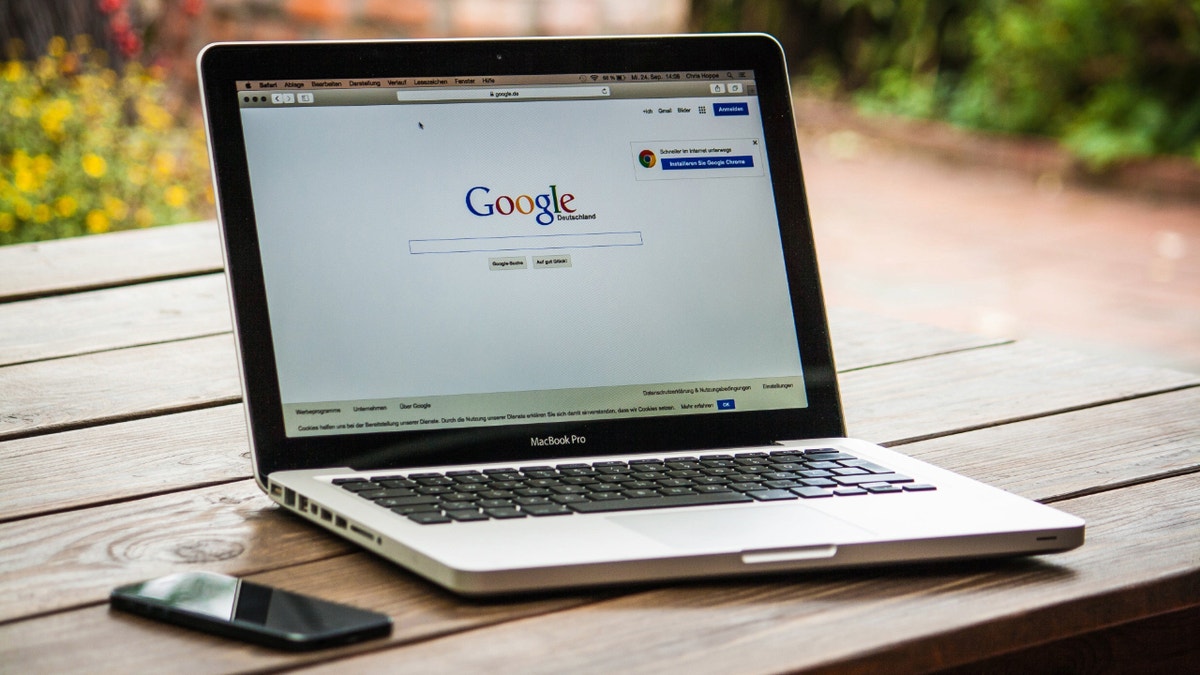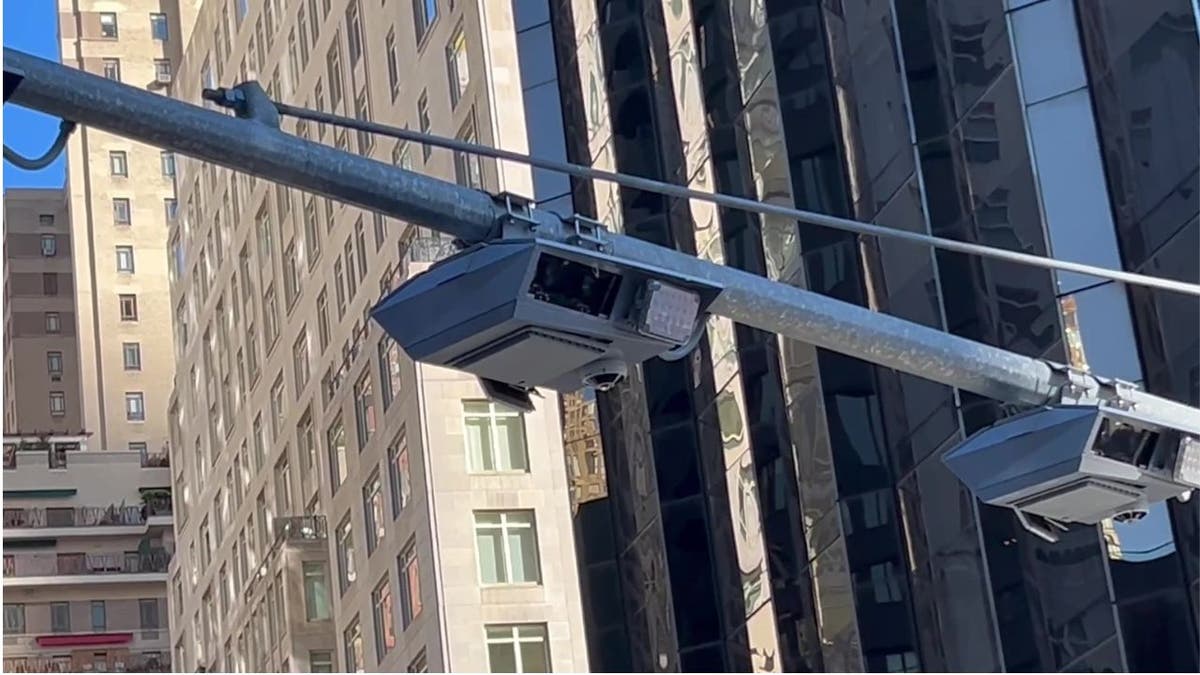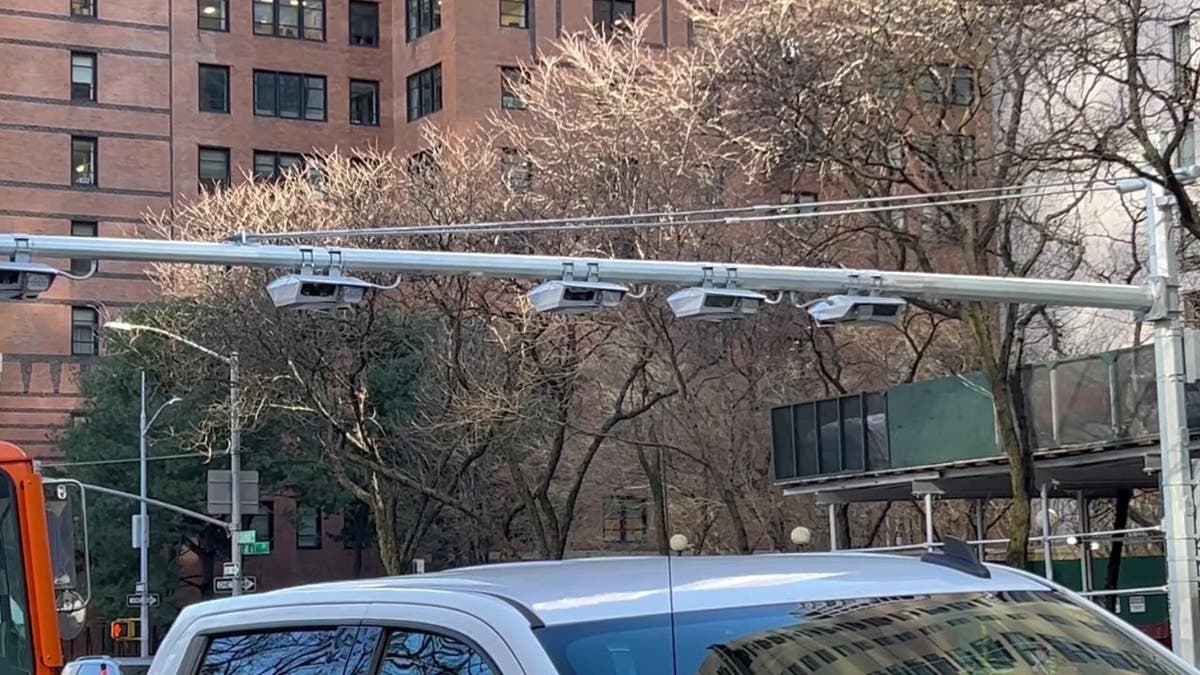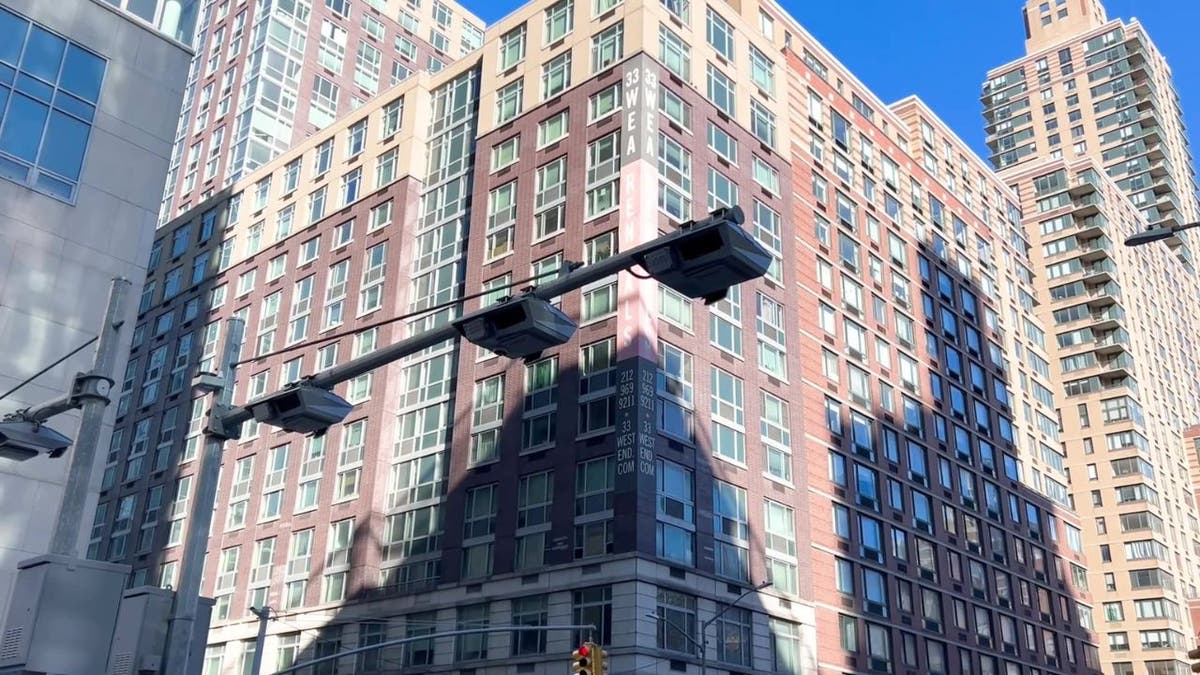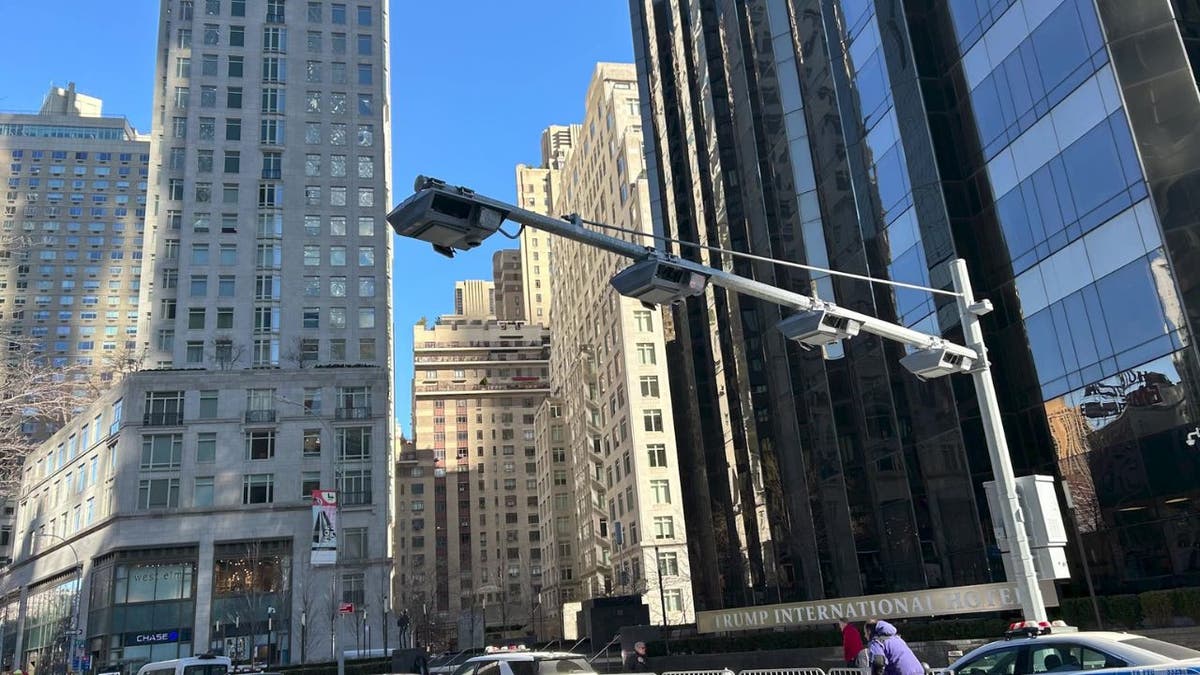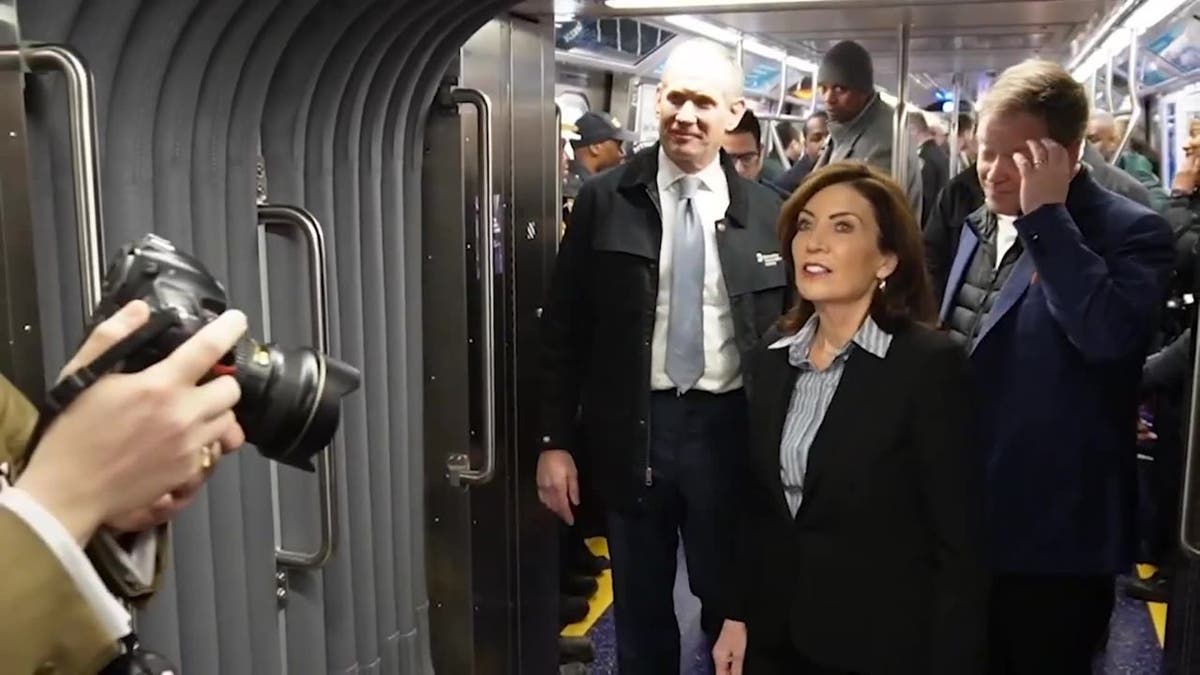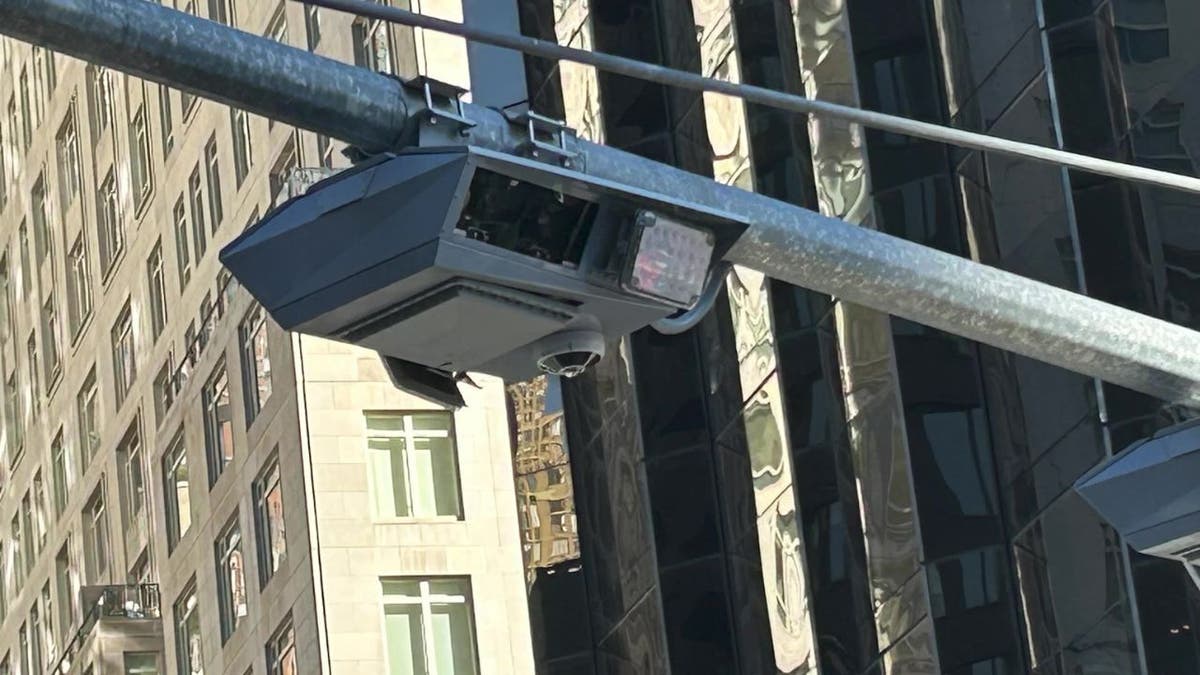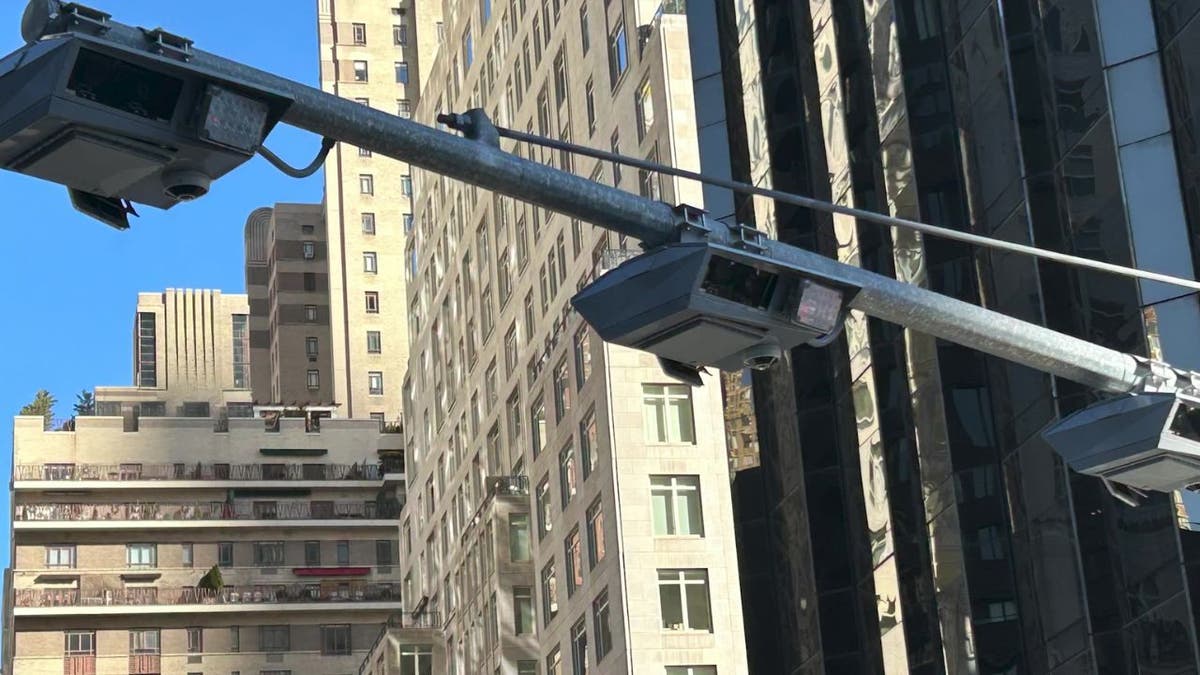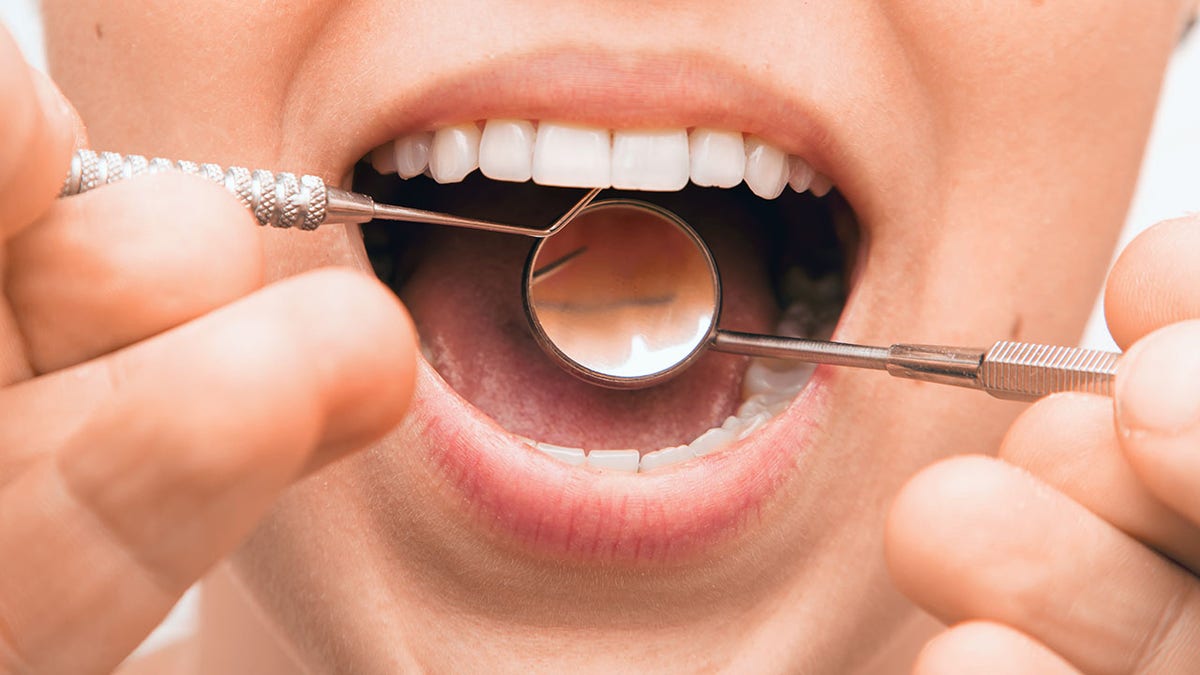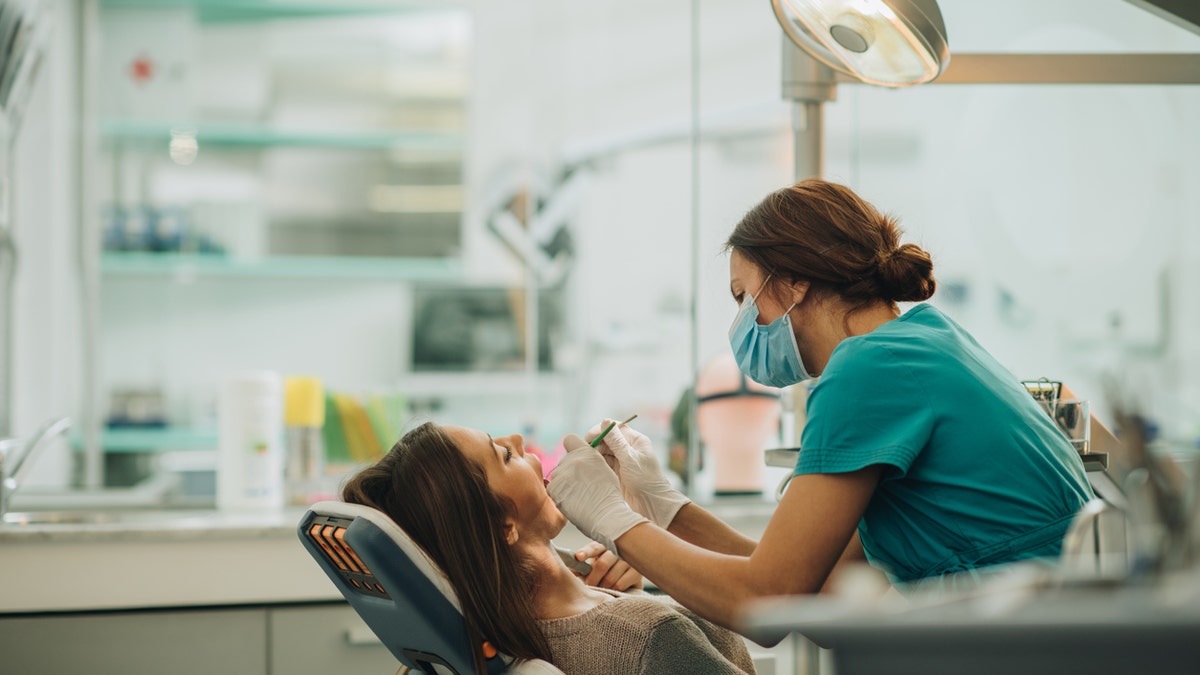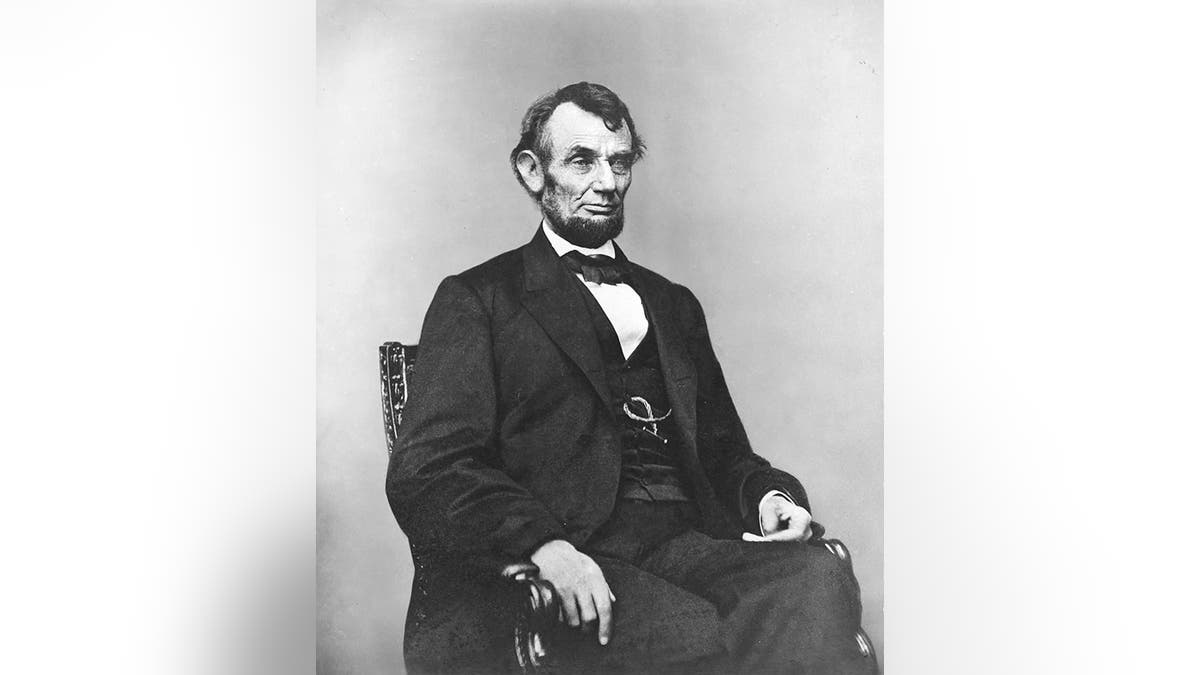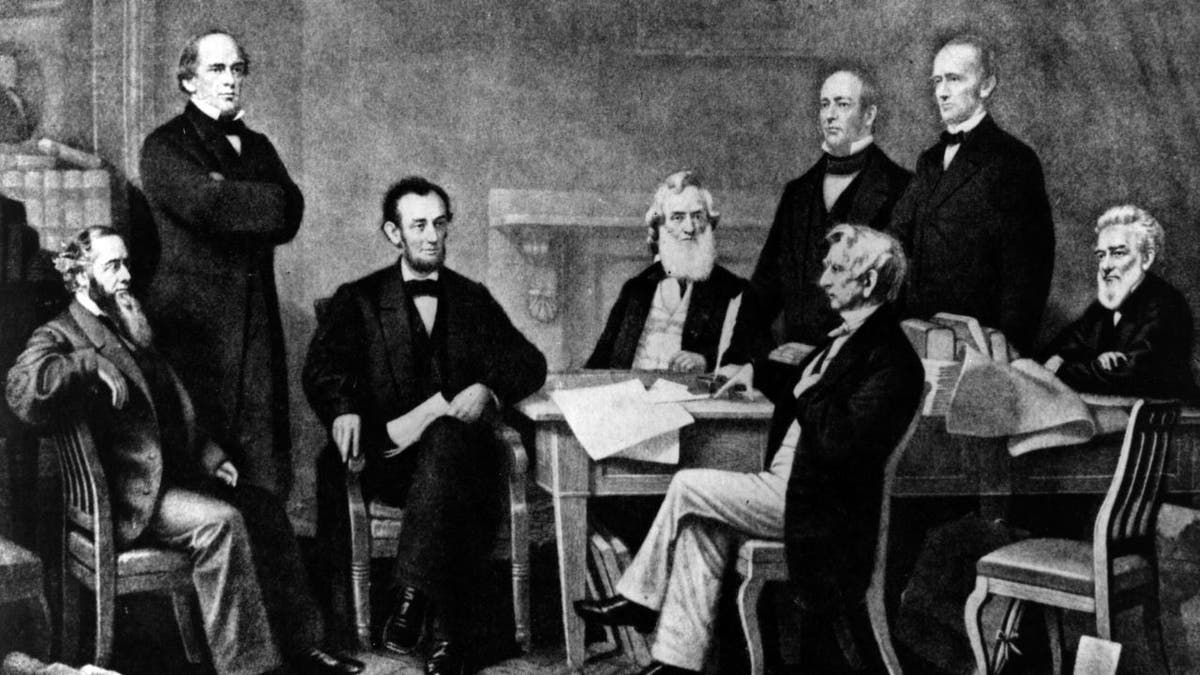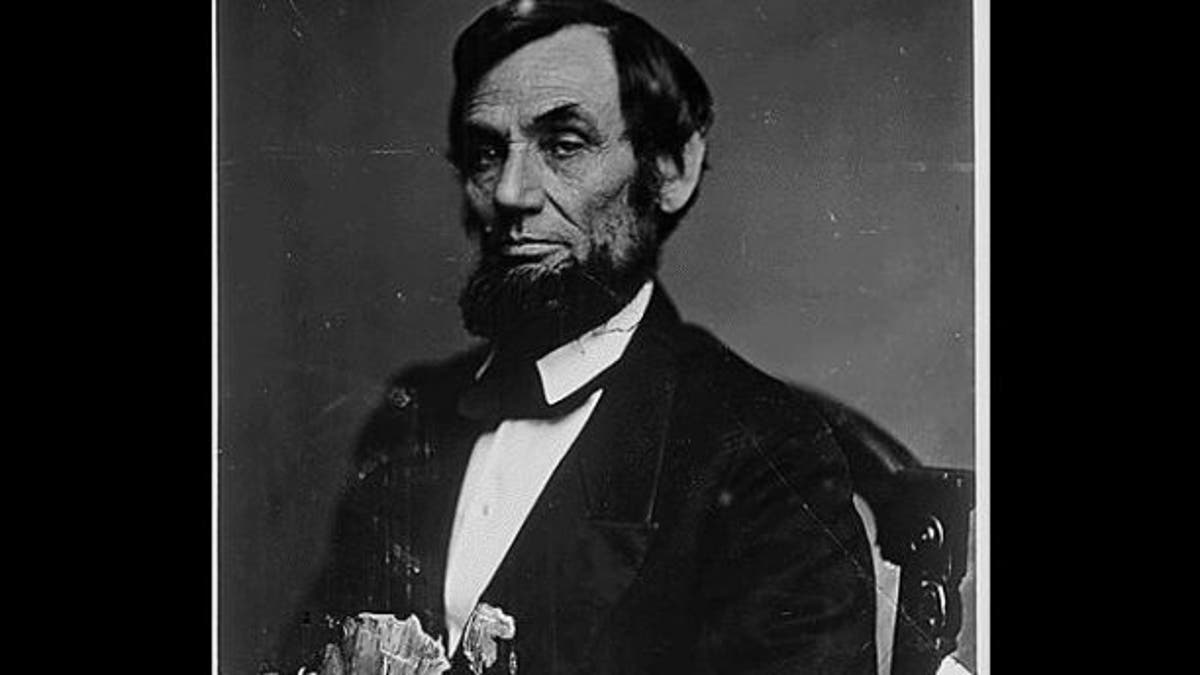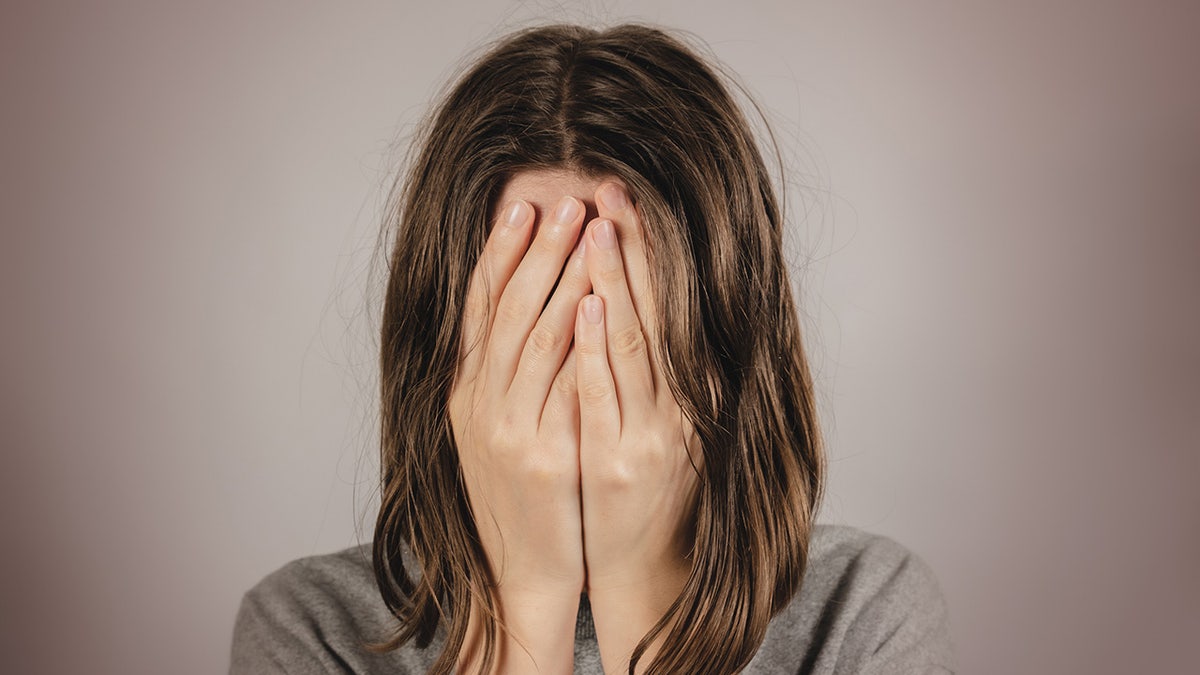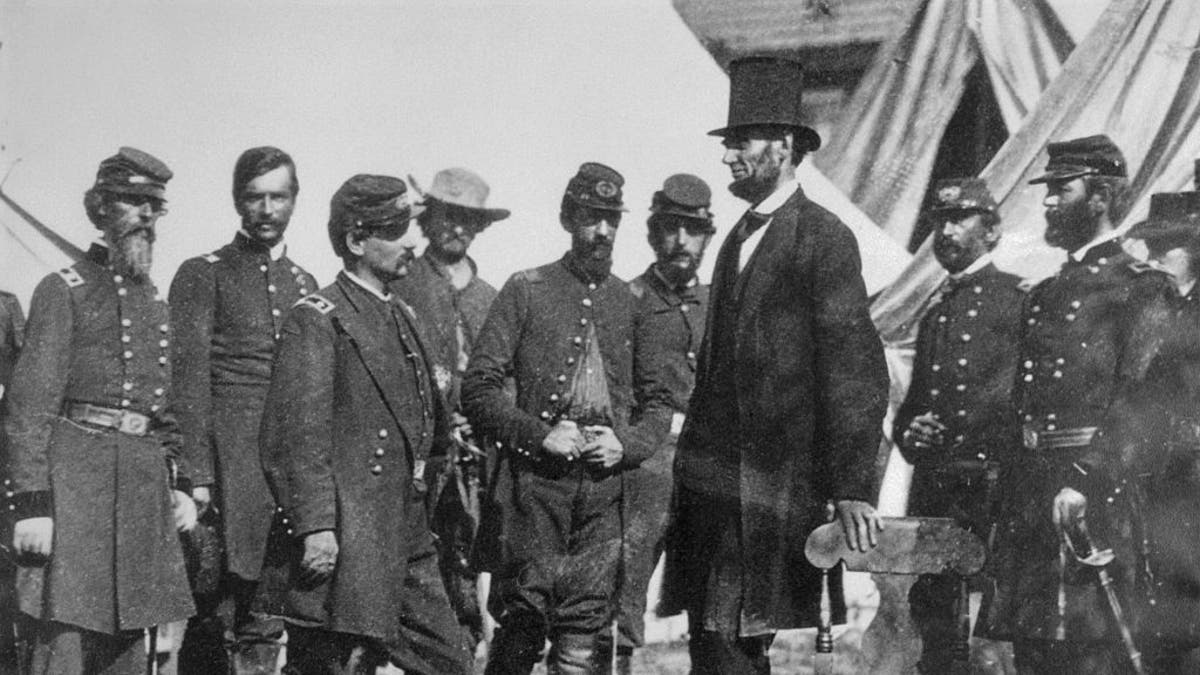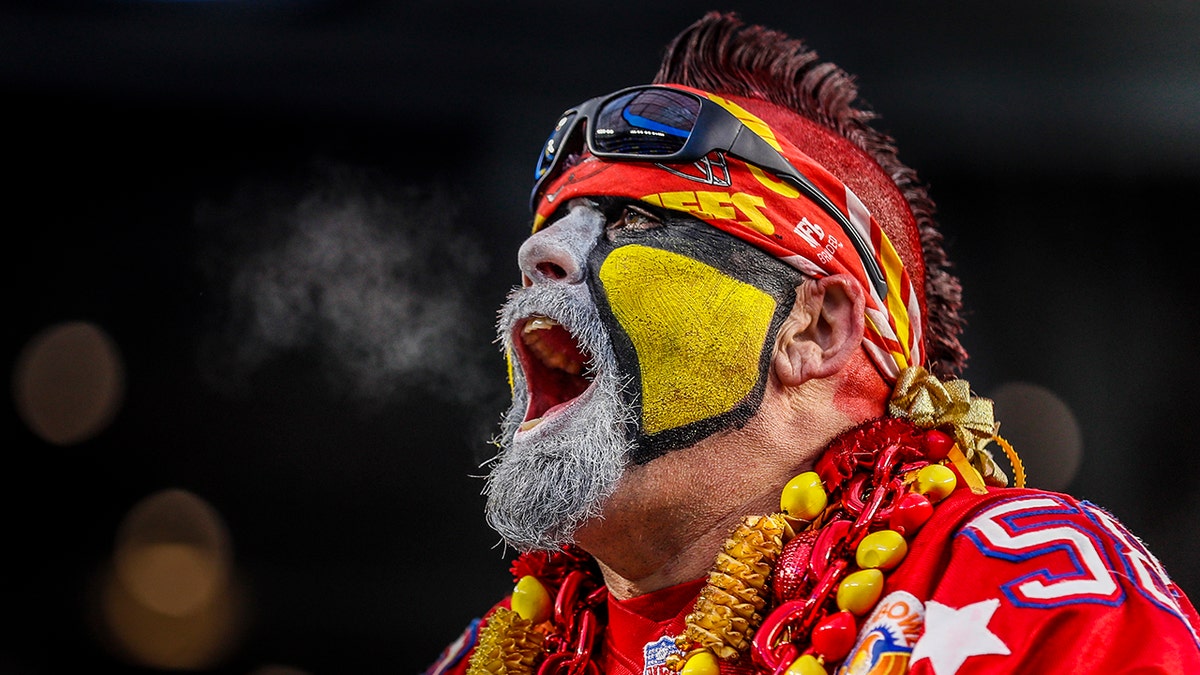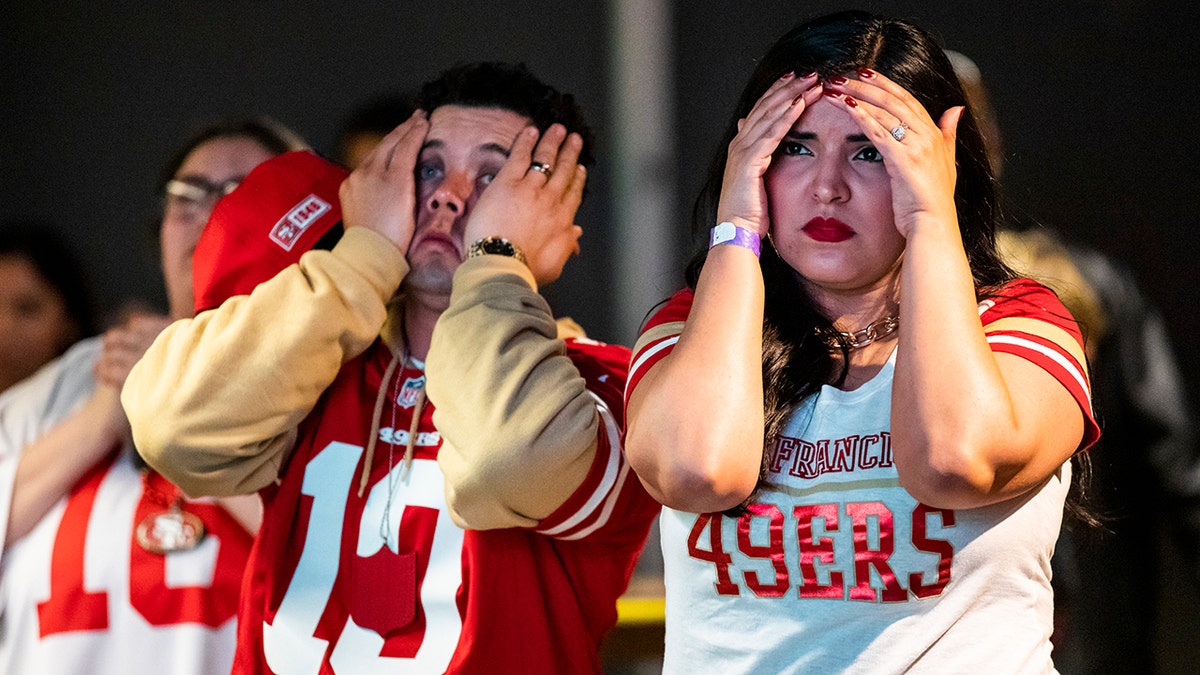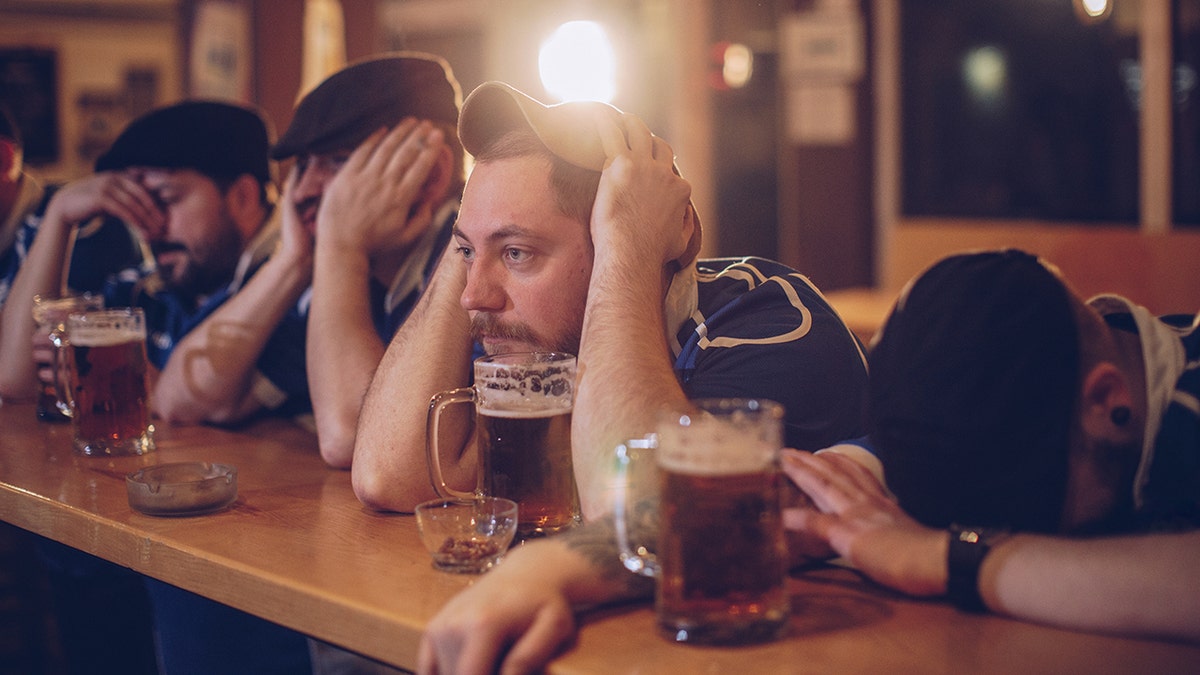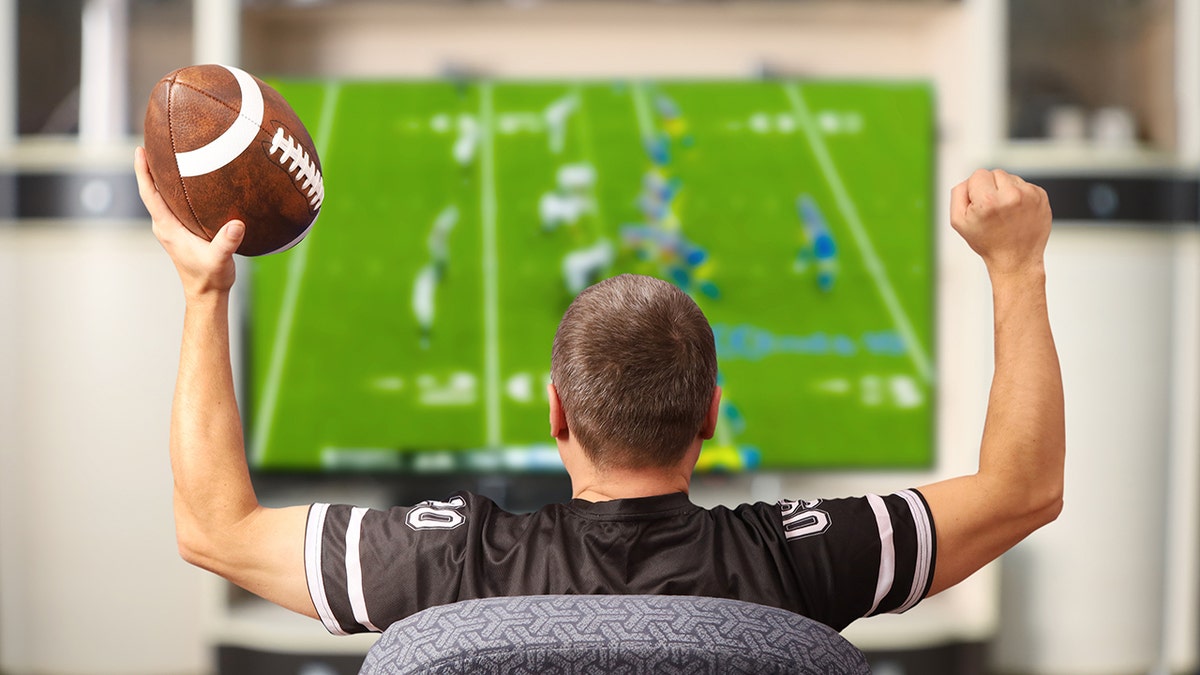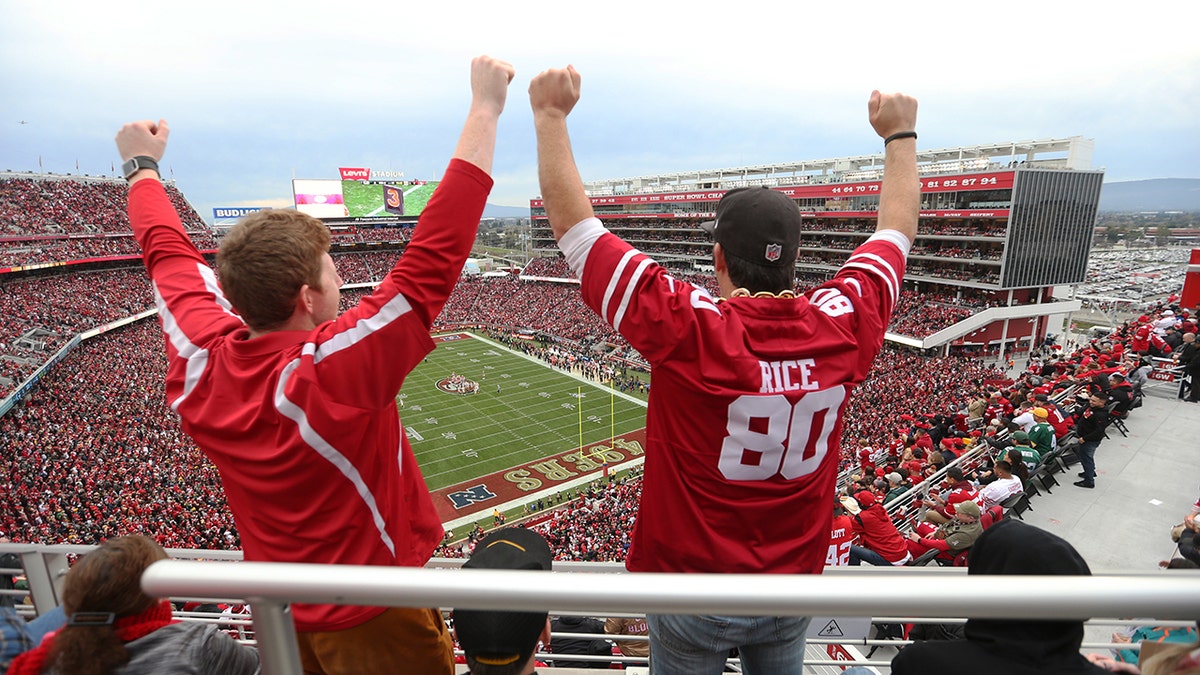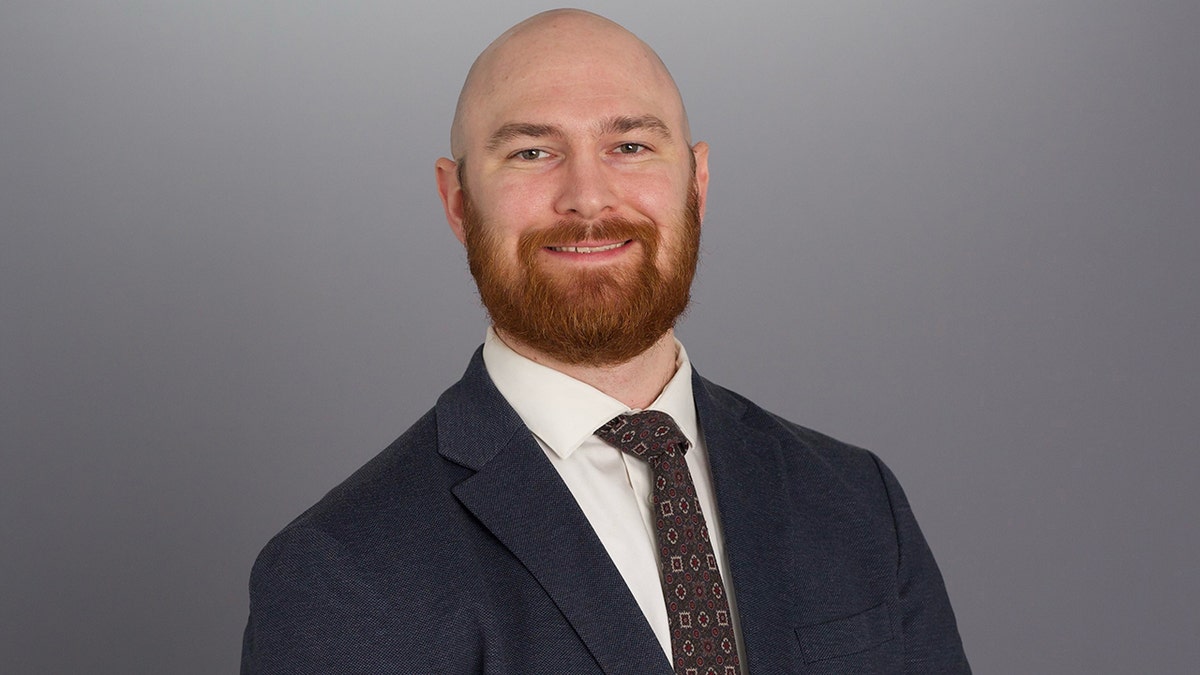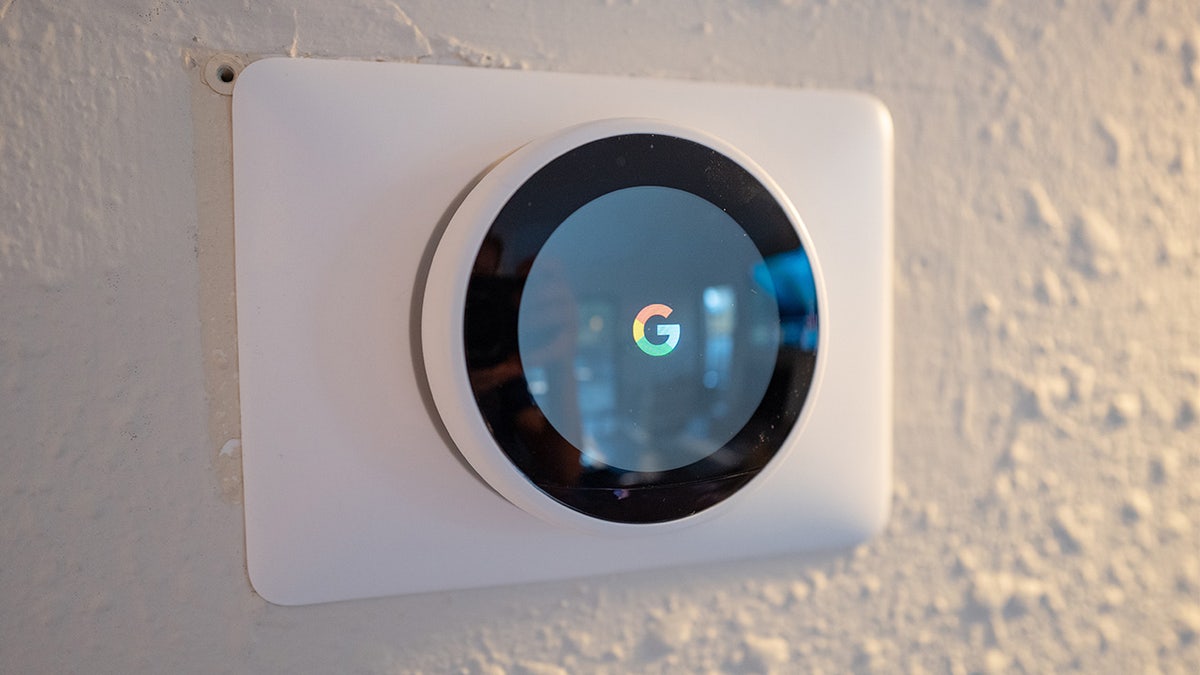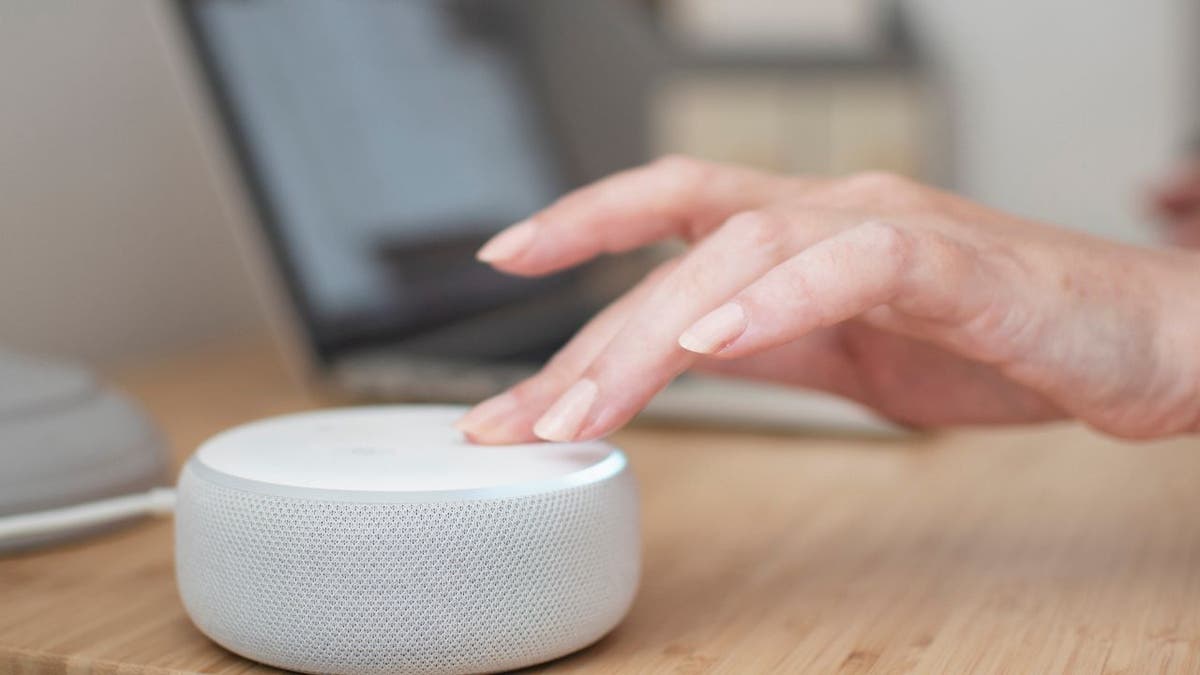Listen, I know there are folks on TikTok sharing good advice — but there’s a heck of a lot of bad advice there, too. Financial tips and tricks? Yeah, look elsewhere; 63% of it is misleading.
We’re giving away a $1,000 laptop! Enter to win right now here. Good luck!
It’s not surprising why. On a platform with just seconds to grab someone’s attention, creators have to make big promises to get views. Following that advice can bite you in some big ways — looking at you, get rich quick scheme.
Let’s skip the clickbait and hype. I’ve got 15 tech tips to improve life without downsides.
TECH SECURITY TO-DO: LOCK DOWN YOUR SMART STUFF
Best picture goes too: You might be tempted to change your TV’s picture mode to Game for sports. Don’t — that’s for video games. The best setting for football? Cinema or Movie. Sports mode is generally too bright, so the game looks washed out.
Before you accept the Terms and Conditions: Use Ctrl + F on your keyboard for Windows or Cmd + F on a Mac to do a quick search for buzzwords like “sell,” “partners” and “affiliates.” Pay attention to vague words and phrases like “may,” which could indicate they’re getting tricky with your info.
Get more done: Drag a window to the left or right edge to snap it in place on Windows. Shake a window to minimize all others you have open. On a Mac, hold the option key, hover over the green “expand” button at the top of a window and snap it to one side.

Planning your summer? Campsites at top-tier national parks book out months or even a year in advance. If you want to snag a cancellation, check out the website Campflare. It scans bookings at national parks, state parks and national forests every 45 seconds. Mmm, s’mores.
File cleanup: Let’s say you have separate PDFs that should all be in one PDF. In Adobe Acrobat, go to Tools > Combine Files to merge multiple PDFs into a single file. Don’t pay for Adobe? No sweat. Here’s a free site I like for editing PDFs.
Tuesday at 10 a.m.: Stop going back and forth through email or text to schedule a meeting. In Google Calendar, click Create > Appointment schedule and set your calendar for all the times you’re free. Hit Next, then you’ll get a link to share. Send that along, and your recipient can choose a time that works for you both. Nice.
Get an unknown call? Type the phone number into Google, Bing or Yahoo in quotation marks for a precise match. Results often include websites, forums or consumer complaint boards where that number may have been reported. While you’re at it, file a report at reportfraud.ftc.gov. Think of it as community service.
THE SECRET TEXT CODE EVERY FAMILY NEEDS FOR CRISES OR DANGEROUS SITUATIONS
Decrypt the symbols: The International Phonetic Alphabet (IPA) tells you how to pronounce words, but it’s not easy to read for most people. Example: The French location of Finistère is phonetically pronounced as fɪnɪˈstɛər. Uh, what? On Wikipedia, hover over an IPA pronunciation to see how they’re said in plain English.
Flotsam and jetsam: You’re on the water and spot something floating in the distance. Report it to boatwatch.org. You can report anything found on a beach, coast or waterway, which can help with search-and-recovery efforts, accident investigations and cleanups.
Tech anger is real: Don’t chuck your computer out of the window because your username and password combination won’t work. First, double-check you didn’t add a space at the end. You won’t see it, but it’s a common cause for those “incorrect password” errors.
Clean up your documents: An easy way to keep things nice and organized is to have different sections start on their own page. Instead of hitting enter over and over, try this: In a Word or Google document, place your cursor before the place you want text to break, then hit Ctrl + Enter (Windows) or Cmd + Enter (Mac).

Photo Illustration hands typing on a computer keyboard. (Thomas Trutschel/Photothek via Getty Images)
“I’ve been meaning to reply”: Like with email, you can mark a text as unread, which may make it easier for you to remember to respond. On iPhone, simply swipe right on a conversation to mark it as unread. On Android, hold down on a conversation, tap the three dots, then Mark it as unread.
Keyboard master: On a PC, press the Windows key + a number to launch or switch to the corresponding program on the taskbar. Yep, you can move programs around (just click, hold down and drag), so you can easily keep your browser in the first spot, for instance.
7 WAYS TO STOP PAYING SO MUCH ON STREAMING EVERY DANG MONTH
Stop, collaborate and listen: Use Spotify? Open one of your playlists, then click the three-dot menu. Select Collaborative Playlist. Now, pals you send it to can add songs to your playlist. Don’t blame me if you send it to someone with questionable taste in music.
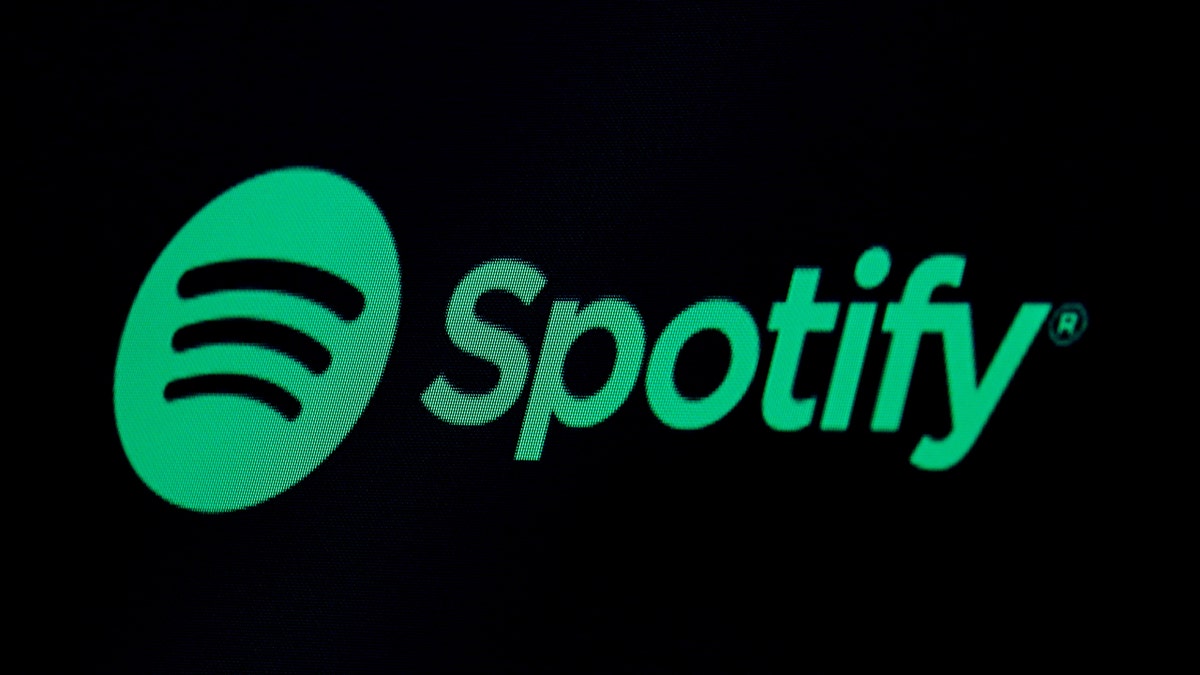
The Spotify logo is displayed on a screen on the floor of the New York Stock Exchange (NYSE) in New York, on May 3, 2018. (REUTERS/Brendan McDermid/File Photo)
Make AI smarter: You want ChatGPT or Bard to write an email for you, but the tone’s all wrong. Just give clear instructions for what you want. Example: “You’re an expert on tenant laws. My landlord isn’t fixing the air conditioning. Write an email informing him he must take care of it within seven days.” Just remember, AI isn’t a lawyer — even if it can talk like one.
Keep your tech-know going
My popular podcast is called “Kim Komando Today.” It’s a solid 30 minutes of tech news, tips, and callers with tech questions like you from all over the country. Search for it wherever you get your podcasts. For your convenience, hit the link below for a recent episode.
PODCAST PICK: Meta trains its AI on your public posts
Plus, a photographer’s wild rescue from the snow thanks to a drone, a TikTok video about ghost kitchens goes viral, “The Simpsons” predicted the Apple Vision Pro, and 20 tech phrases that have disappeared.
Check out my podcast “Kim Komando Today” on Apple, Google Podcasts, Spotify, or your favorite podcast player.
CLICK HERE TO GET THE FOX NEWS APP
Listen to the podcast here or wherever you get your podcasts. Just search for my last name, “Komando.”
Sound like a tech pro, even if you’re not! Award-winning popular host Kim Komando is your secret weapon. Listen on 425+ radio stations or get the podcast. And join over 400,000 people who get her free 5-minute daily email newsletter.
Copyright 2024, WestStar Multimedia Entertainment. All rights reserved.

